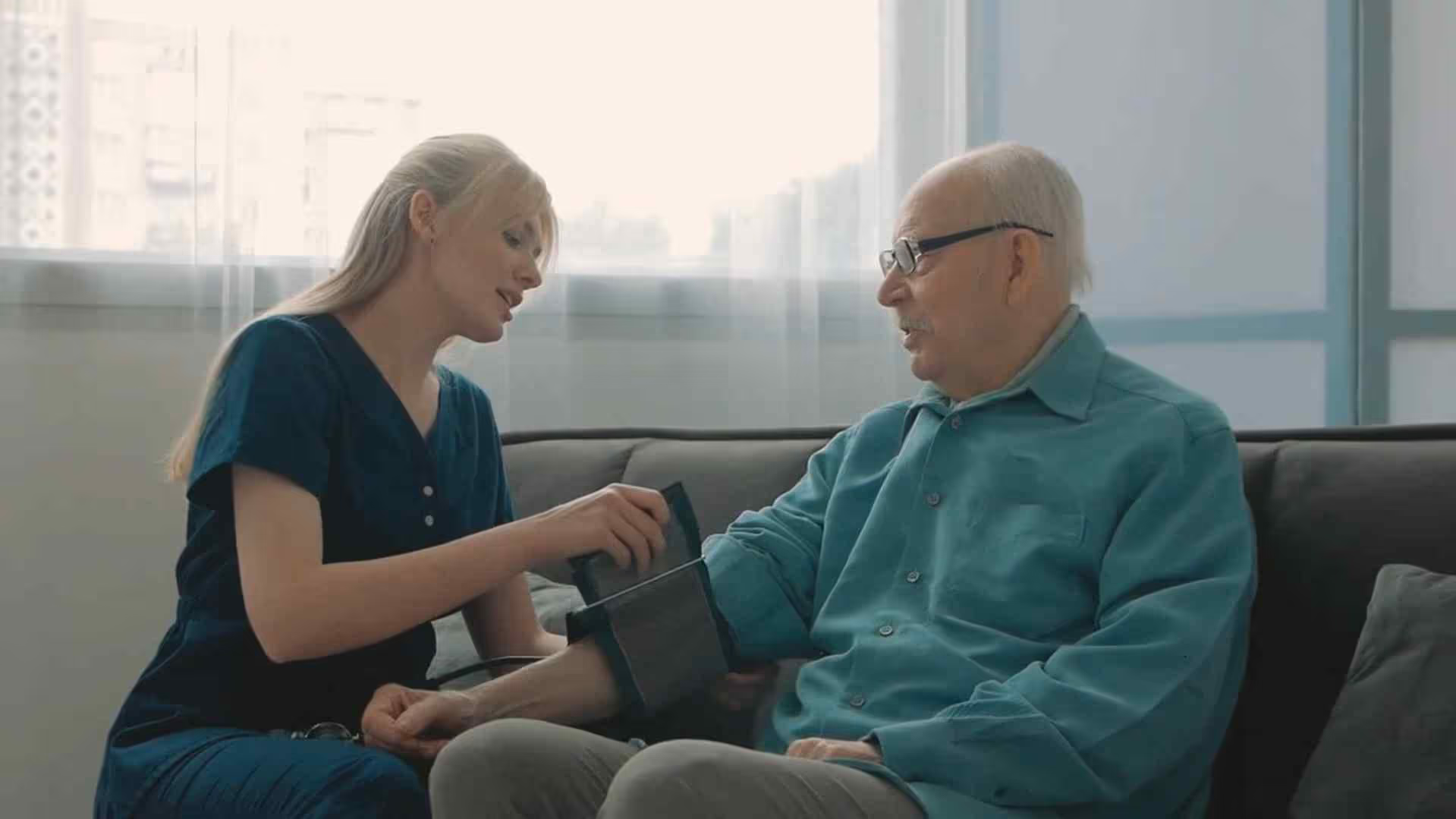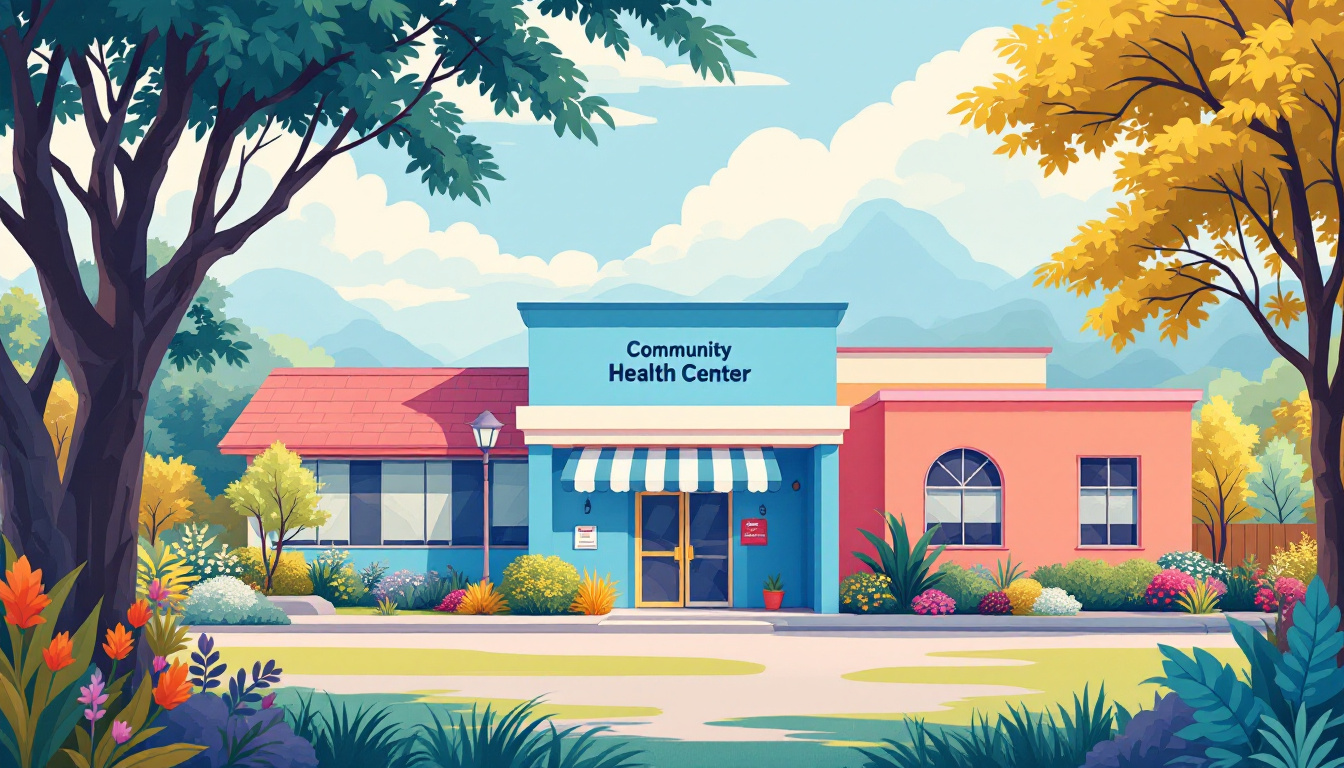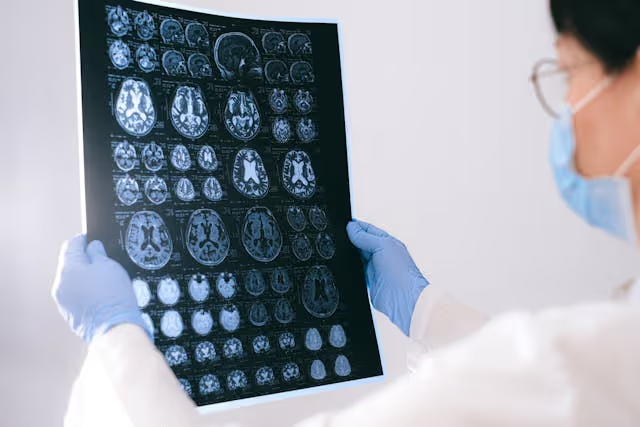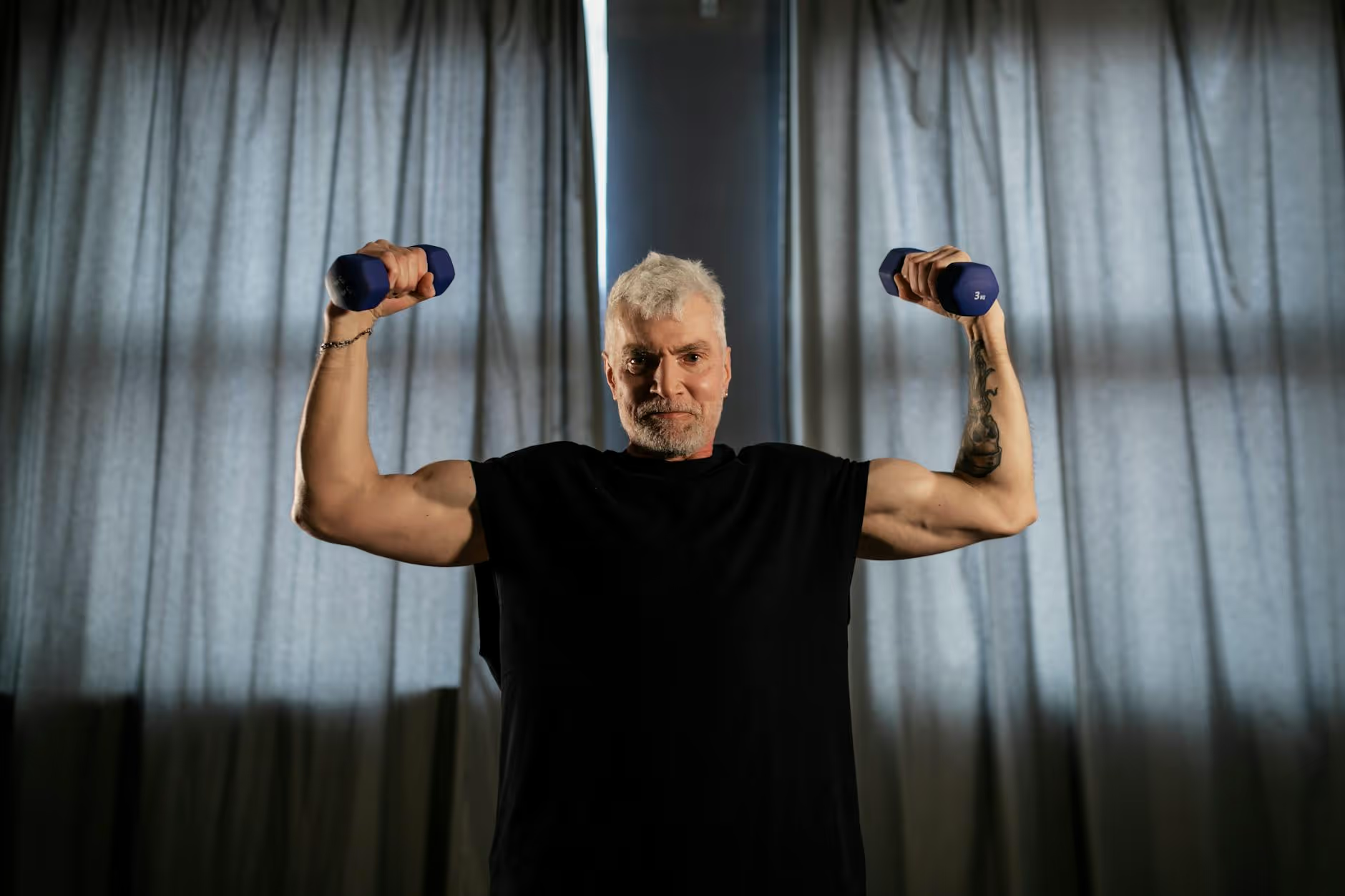How Short-Term Rehabilitation Helps with Pain Management
April 22, 2025
Transformative Short-Term Rehab Strategies for Effective Pain Relief


Understanding How Short-Term Rehabilitation Facilitates Pain Management
Short-term rehabilitation plays a pivotal role in managing both acute and chronic pain by employing a comprehensive, multidisciplinary approach that addresses physical, psychological, and social factors. This article explores the methods, benefits, and systemic processes through which short-term rehab helps alleviate pain, improve functionality, and enhance long-term quality of life.
Core Techniques and Modalities in Short-Term Pain Relief

What methods and techniques are used in short-term rehabilitation for pain relief?
Short-term pain relief relies on a combination of physical, manual, and psychological therapies to alleviate discomfort and restore mobility. Physical modalities such as heat and cold therapy help reduce inflammation and muscle tension, while massage and hydrotherapy further relax muscles and promote circulation. Targeted therapeutic exercises focus on decreasing inflammation, improving flexibility, and strengthening affected muscles.
Manual therapy techniques, including joint mobilization, soft tissue release, and neuromuscular reeducation, play a crucial role in restoring proper movement patterns and relieving pain related to movement restrictions. These manual interventions help normalize nerve and muscle function, alleviating movement-related pain.
Psychological strategies are integrated into rehabilitation programs to modify pain perception and boost coping skills. Techniques like cognitive behavioral therapy (CBT) and relaxation exercises are used to reduce stress and muscle tension, which can intensify pain.
In addition to these methods, complementary approaches such as Transcutaneous Electrical Nerve Stimulation (TENS) and acupuncture may be employed to enhance pain relief, although their effectiveness varies among individuals.
A comprehensive patient education component is essential. Patients learn proper posture, activity pacing, and self-care strategies like ergonomic adjustments and energy conservation techniques to manage pain outside clinical settings.
Overall, this multidisciplinary approach ensures a tailored, effective short-term pain management strategy that combines physical, manual, and psychological therapies.
How does short-term rehabilitation facilitate pain management?
Short-term rehabilitation facilitates pain control through precise, goal-oriented therapies that improve mobility, decrease inflammation, and restore normal function. Effective management includes therapeutic exercises, manual techniques, and physical modalities that target the physical causes of pain.
Patient education is vital, empowering individuals with skills for self-management. Patients are taught about proper body mechanics, posture, activity modification, and the use of heat or cold therapy. This knowledge enables them to actively participate in their recovery and minimize pain flare-ups.
Psychological support, including relaxation techniques and stress management strategies, helps reduce muscle tension and emotional distress linked to chronic pain. Incorporating modalities like electrical stimulation and neuromuscular reeducation addresses underlying nerve and muscle dysfunctions.
This integrated, multidisciplinary process not only alleviates current pain but also equips patients with long-term self-care tools. The goal is to reduce pain severity, enhance function, and prevent future episodes.
How does short-term rehabilitation support post-surgical pain management?
In the post-surgical setting, short-term rehabilitation accelerates recovery and helps manage pain by encouraging early mobilization and functional activity. Early movement, guided by physical therapists, reduces stiffness, improves circulation, and minimizes swelling, thereby decreasing pain.
Rehabilitative strategies include personalized physical therapy that combines manual techniques such as joint mobilization with targeted exercises to restore strength and flexibility. Education on proper movement, positioning, and pacing teaches patients how to protect operated areas while gradually increasing activity levels.
Non-pharmacologic pain management tools, like guided imagery, relaxation, and physical modalities, complement pain medications, often reducing their requirement. This multimodal approach minimizes reliance on opioids, lowering risks of side effects and dependency.
By integrating rehabilitation into the post-surgical plan, patients often experience quicker recovery, better mobility, and fewer complications. This proactive approach supports a more comfortable, efficient transition from hospital to home care.
What role do physical therapy and multidisciplinary approaches play in pain treatment during short-term rehabilitation?
Physical therapy is central to pain management, employing techniques such as manual therapy, stretching, strengthening exercises, and body mechanics education to target physical sources of pain. Manual interventions help reduce muscle tension, improve joint function, and promote circulation.
Multidisciplinary approaches enhance pain relief by combining physical therapy with psychological support—including counseling, stress management, and behavioral therapy—to address emotional and cognitive aspects of chronic pain.
These programs involve teams of healthcare professionals—physiotherapists, psychologists, physicians, and occupational therapists—collaboratively developing personalized treatment plans. This coordination ensures every facet of pain, including physical, psychological, and social factors, is addressed.
Evidence shows that this integrated approach leads to significant pain reduction, less reliance on medications—especially opioids—and improved functional outcomes. It also fosters long-term self-care skills that sustain recovery.
What is the role of skilled nursing facilities and specialized programs in pain alleviation during short-term rehabilitation?
Skilled nursing facilities (SNFs) and specialized rehabilitation programs provide comprehensive, multidisciplinary care tailored to individual patient needs. These settings combine medical management, physical therapy, psychological support, and patient education in an organized manner.
The focus is on reducing pain, restoring mobility, and improving daily function. Therapists and healthcare providers work together to develop personalized plans that incorporate physical modalities, exercises, behavioral strategies, and medication management.
Such programs emphasize active participation, goal setting, and patient empowerment, which enhance motivation and treatment adherence. The multidisciplinary effort ensures that physical, emotional, and social factors influencing pain are addressed holistically.
Research indicates that these approaches reduce pain levels, improve psychological well-being, and facilitate earlier return to work and independent living. They are essential components of effective short-term pain management.
| Aspect | Description | Additional Details |
|---|---|---|
| Techniques | Heat, cold, massage, electrical stimulation, manual therapy | Target inflammation, relax muscles, restore movement |
| Therapy Goals | Reduce inflammation, muscle tension, improve mobility | Manual therapy, exercises, education |
| Psychological Support | CBT, relaxation, stress management | Address pain perception and coping |
| Settings | Skilled nursing facilities, outpatient clinics | Tailored, multidisciplinary care |
| Benefits | Faster recovery, less medication reliance, improved function | Patient empowerment, reduced complications |
This comprehensive, multidisciplinary approach ensures effective short-term pain relief, setting the stage for long-term recovery and improved quality of life.
Long-Term Benefits and Systemic Strategies in Pain Rehabilitation

How does short-term rehabilitation impact long-term pain reduction and quality of life?
Short-term rehabilitation programs, generally lasting between 15 to 30 days, have a profound influence on long-term pain management and overall quality of life. These intensive interventions focus on diagnosing the root causes of pain—such as movement limitations, muscle deficits, and posture issues—using detailed assessments. Through individualized therapies, including physical, occupational, and speech therapy, patients work to restore strength, flexibility, and mobility, which are essential for reducing persistent pain.
Moreover, short-term rehab emphasizes not only physical recovery but also psychological and social aspects. Approaches like emotional support, nutritional counseling, and transitional planning help patients adapt to lifestyle changes and prevent future setbacks. Evidence indicates that patients participating in skilled nursing care tend to experience lasting benefits, such as decreased pain severity, improved social participation, and enhanced functional independence. This foundation boosts recovery trajectories, reduces hospital readmissions, and promotes sustained improvements that extend well beyond the duration of formal treatment. The overall goal is to lay the groundwork for a healthier, more active life post-injury or illness.
How are medication, psychological support, and patient education integrated into pain management during short-term rehab?
Effective pain management in short-term rehab hinges on a multidisciplinary approach where medication, psychological support, and patient education work cohesively. Providers develop comprehensive care plans tailored to each patient’s specific needs, combining pharmacologic treatments with mental health strategies to optimize outcomes.
Medications—such as opioids, NSAIDs, and nerve pain agents—are carefully managed to control pain levels. Simultaneously, psychological interventions like cognitive-behavioral therapy (CBT), relaxation training, and psychosocial counseling address emotional distress, fear, and coping skills. These mental health supports help reduce pain catastrophizing and improve adherence to physical activity regimens.
Patient education plays a vital role by informing individuals about their condition, proper medication use, body mechanics, and energy conservation techniques. Healthcare teams—including physicians, psychologists, and social workers—coordinate to monitor progress, adjust treatments, and reinforce healthy behaviors. Such integrated care ensures that physical and psychological dimensions of pain are addressed holistically, fostering resilience and empowering patients to manage their pain effectively beyond inpatient settings.
In what ways do systemic and process-oriented approaches improve pain management in short-term rehabilitative settings?
Implementing systemic and process-oriented strategies in short-term rehab settings enhances pain management by creating a structured, coordinated framework for care delivery. Such approaches involve assembling multidisciplinary teams—including physicians, physical and occupational therapists, psychologists, and case managers—who collaborate to establish personalized treatment pathways.
Core to this model is comprehensive assessment and diagnosis, which inform evidence-based protocols like multimodal rehabilitation. These protocols integrate physical modalities, psychological therapies, patient education, and activity modifications tailored to individual progress and goals. Additionally, psychological strategies such as Pain Neuroscience Education and relaxation techniques are incorporated to address the emotional and cognitive aspects of pain.
Regular monitoring and goal-setting promote active patient participation, allowing the care team to make timely adjustments. Process-oriented systems also standardize care pathways, reduce variability, and promote transparency in outcomes. This holistic, methodical approach shifts the focus from reactive, symptom-based treatments to proactive, coordinated management—ultimately leading to better pain reduction, improved function, and increased satisfaction with care.
| Topic | Details | Additional Notes |
|---|---|---|
| Long-term impact of short rehab | Promotes sustained pain relief, functional independence, and social participation | Early intervention speeds recovery |
| Integration of care strategies | Combines medication, psychological therapies, and patient education for holistic care | Enhances adherence and coping skills |
| Systemic treatment approaches | Coordinate multidisciplinary teams focusing on goal-oriented, individualized care | Uses structured assessment tools |
| Evidence for multimodal programs | Support from systematic reviews showing reduction in pain and disability | Emphasizes active patient participation |
| Education and self-care | Crucial for maintaining improvements, promoting independence, and preventing recurrences | Focuses on empowerment and behavior change |
Through these integrated, evidence-supported strategies, pain management in short-term rehabilitation settings not only addresses immediate discomfort but also establishes a platform for enduring health improvements, contributing significantly to long-term well-being.
Optimizing Pain Management Through Short-Term Rehab
In conclusion, short-term rehabilitation is a vital component in effective pain management. By combining targeted therapies, multidisciplinary collaboration, patient education, and systemic process improvements, these programs not only alleviate pain but also promote long-term recovery, improved functionality, and enhanced quality of life. Continued research and adherence to evidence-based practices will further refine these approaches, ensuring that patients receive safe, comprehensive, and personalized care that effectively addresses the multifaceted nature of pain.
References
- How Can Physical Therapy and Rehabilitation Help with Pain ...
- Rehabilitation Approaches And Issues In Chronic Pain - NCBI
- Pain Rehabilitation Center - Overview - Mayo Clinic
- Pain Relief Through Physical Therapy | University of Utah Health
- Pain Rehabilitation's Effect on People in Chronic Pain
- The Benefits of Short-Term Skilled Nursing Care for Rehabilitation
- Pain Management Services (Chronic Pain and Rehabilitation ...
























































































.jpeg)











































































































































































































.avif)























































.jpeg)

































































.jpeg)














.jpg)









































.jpeg)









































































.avif)




.avif)

















































.avif)









































































































































































